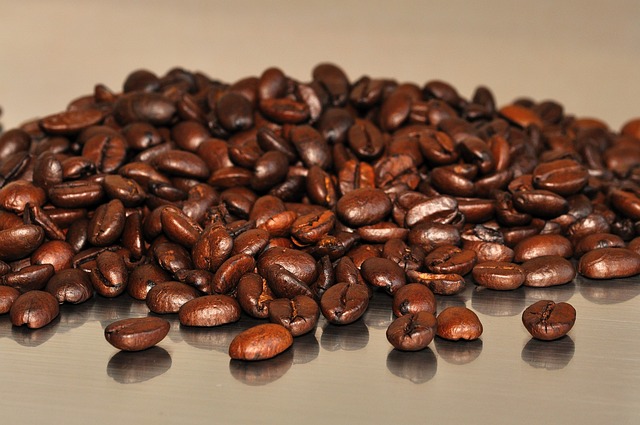Kidney beans are a versatile and nutritious legume with numerous health benefits for those on a plant-based diet. They are particularly noted for their role in cholesterol management and blood sugar control. To maximize their health benefits, it's recommended to properly prepare them by soaking, which not only softens the beans but also reduces antinutrients that can affect nutrient absorption and cause digestive issues. Cooking kidney beans can be done from dried form, after sorting and rinsing, by simmering in seasoned water until tender, or using canned varieties that should be rinsed for lower sodium content. Soaking also helps to lower cholesterol by binding with bile acids. Incorporating kidney beans into meals as part of a plant-based diet supports overall health and well-being, offering a rich source of protein and fiber while aligning with dietary patterns focused on heart health and diabetes management. Proper storage ensures the beans remain fresh and retain their nutritional value. Regularly including kidney beans in your diet can contribute to long-term health benefits and provide a satisfying addition to your meals.
Embark on a culinary journey with our comprehensive guide to cooking kidney beans, a nutritious and versatile legume that can elevate your plant-based diet. Discover the health benefits of kidney beans, which include cholesterol reduction and improved blood sugar control, making them an essential ingredient for a heart-healthy and diabetes-friendly kitchen. Whether you’re a beginner or looking to perfect your technique, this article will guide you through selecting and storing fresh kidney beans, mastering various cooking methods from stovetop to pressure cooker, and exploring delicious recipes that cater to every meal of the day. Dive into the world of kidney bean varieties and learn how to incorporate their distinct flavors into your culinary creations. With tips on soaking, seasoning, and even canning, you’ll be equipped to transform these beans into nutritious, delicious meals that are both simple and sophisticated.
- Unlocking the Nutritional Powerhouse: Health Benefits of Kidney Beans
- Getting Started with Kidney Beans: A Beginner’s Overview
- Selection and Storage: Choosing and Keeping Kidney Beans Fresh
- The Simple Steps to Cook Kidney Beans Perfectly Every Time
- Soaking Secrets: Why Soak Kidney Beans and How to Do It Right
Unlocking the Nutritional Powerhouse: Health Benefits of Kidney Beans
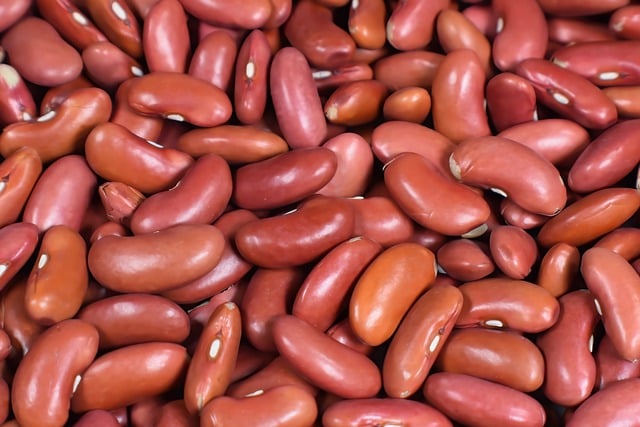
Kidney beans are a culinary staple and a nutritional powerhouse, offering a plethora of health benefits that make them an excellent addition to a balanced diet. For those adhering to or exploring a plant-based diet, kidney beans provide a valuable source of protein, which is essential for muscle repair and growth. Their high fiber content not only contributes to digestive health but also helps in maintaining blood sugar control, making them ideal for managing diabetes or for those conscious of their glycemic intake. Additionally, these legumes are rich in iron and potassium, which support overall well-being. The inclusion of kidney beans in your diet can contribute to reducing the risk of cardiovascular diseases by helping to lower cholesterol levels due to their soluble fiber content. Furthermore, they are a good source of antioxidants and phytonutrients that protect cells from damage by free radicals, thereby promoting a robust immune system. Cooking kidney beans correctly is key to maximizing these health benefits while ensuring the best taste and texture in your dishes. Proper soaking and gentle boiling are recommended to optimize their nutritional value and make them more digestible. When incorporated into meals regularly, kidney beans can be a satisfying and healthy component of a plant-based diet, contributing to a longer, healthier life.
Getting Started with Kidney Beans: A Beginner’s Overview

Kidney beans are a versatile and nutritious legume that offer a range of health benefits, making them an excellent addition to any plant-based diet. They are rich in protein and fiber, which can aid in blood sugar control and contribute to maintaining a healthy digestive system. For those looking to cook kidney beans for the first time, it’s essential to understand how to prepare them properly to maximize their nutritional value and culinary potential. Before cooking, it’s important to sort through and rinse your beans to remove any debris or shriveled ones that could spoil the dish. There are two primary methods for cooking kidney beans: from dried to from canned. For dried beans, you’ll need to soak them overnight, which not only rehydrates them but also helps to reduce their natural antinutrients like phytic acid, which can inhibit nutrient absorption. After soaking, they should be rinsed and boiled for a specified duration until tender. The cooking water can be seasoned with herbs or salt to infuse the beans with flavor as they cook. For those on a plant-based diet looking to manage cholesterol levels, incorporating kidney beans into meals is beneficial as they contain no cholesterol and are low in saturated fats. Additionally, their high fiber content can help lower cholesterol by binding with bile acids in the digestive system and helping to remove them from the body. Whether you’re simmering dried beans or rinsing canned ones, the result is a protein-packed ingredient that can be the cornerstone of hearty soups, stews, salads, and more, all while contributing to your overall health and well-being.
Selection and Storage: Choosing and Keeping Kidney Beans Fresh
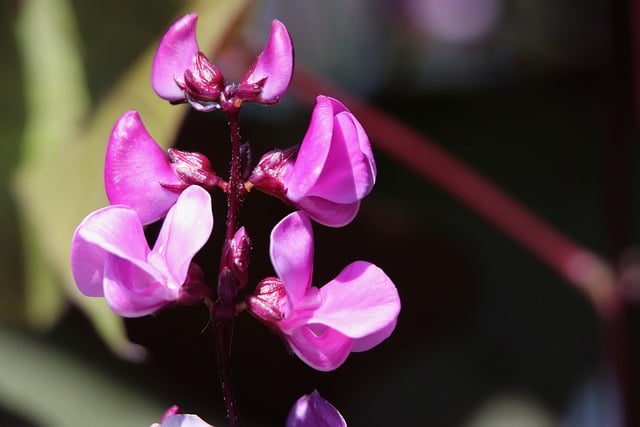
When selecting kidney beans for your culinary endeavors, it’s crucial to opt for cans or dried beans that are firmly packed without any signs of bloating, as this can be indicative of improper storage or spoilage. For the best health benefits, choose beans without added salt or preservatives, particularly if you’re following a plant-based diet or have dietary restrictions. Red kidney beans, in particular, are renowned for their cholesterol-lowering abilities and can contribute significantly to blood sugar control when incorporated into a balanced diet. Once you’ve selected high-quality beans, proper storage is key. Keep dried kidney beans in a cool, dark, and dry place, where they can retain their freshness for an extended period. If you prefer the convenience of canned beans, store them in the pantry after opening, keeping them sealed tightly to prevent moisture and odor absorption that could affect their taste and texture. Properly stored, these nutrient-dense legumes will remain at their peak, ready for a variety of dishes that align with healthful eating patterns.
The Simple Steps to Cook Kidney Beans Perfectly Every Time
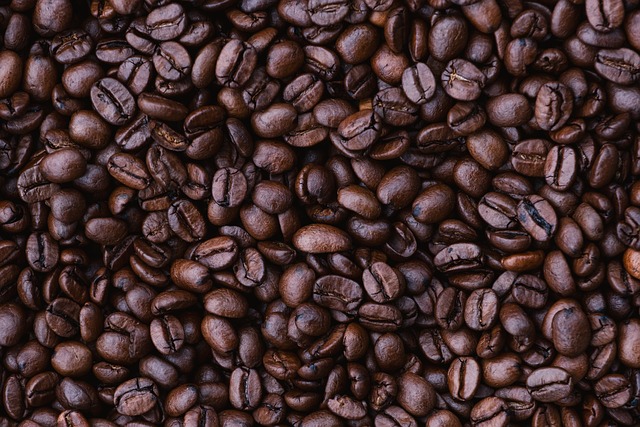
Cooking kidney beans offers a simple yet nutritious addition to any meal, and mastering this process is essential for those embracing a plant-based diet. The health benefits of kidney beans are manifold, including their ability to aid in cholesterol reduction, blood sugar control, and overall heart health. To cook kidney beans perfectly every time, begin by sorting through your dried beans to remove any shriveled or damaged ones, which could spoil the dish. Rinse them under cold water to clean thoroughly. Soaking beans before cooking is a crucial step that not only shortens the cooking time but also improves digestibility and nutrient absorption. After soaking for 4 to 8 hours, or ideally overnight, drain and rinse the beans again.
Place the soaked kidney beans in a large pot and cover them with fresh water, about two to three inches above the beans. Bring the water to a boil, then reduce the heat to a simmer. To enhance flavor while cooking, consider adding aromatics like bay leaves, onion, garlic, or a pinch of salt and pepper. Simmer the beans for 60 to 90 minutes, or until they are tender but not mushy. Beans absorb water as they cook, so ensure there is enough liquid to keep them submerged during this process. For those monitoring their blood sugar, it’s worth noting that kidney beans have a low glycemic index, making them an excellent choice for diabetes management on a plant-based diet. Once cooked, the beans can be used in a variety of dishes from salads and stews to soups and chilis, providing a satisfying, protein-rich addition to any meal that aligns with a healthy, plant-based lifestyle.
Soaking Secrets: Why Soak Kidney Beans and How to Do It Right
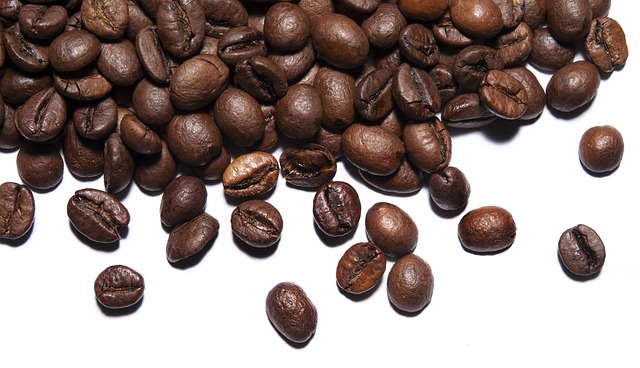
Before embarking on the journey to cook kidney beans, understanding the importance of proper soaking is crucial for both culinary success and health benefits. Soaking kidney beans not only softens them, making them more palatable and easier to digest, but it also significantly reduces the levels of certain antinutrients like phytic acid and lectins, which can inhibit nutrient absorption and cause gastrointestinal distress. This process can be particularly beneficial for individuals following a plant-based diet as it enhances the body’s ability to assimilate key nutrients from the beans. Furthermore, soaking helps to lower cholesterol levels by binding with bile acids in the digestive system and promoting their excretion. For those concerned about blood sugar control, soaked kidney beans have a lower glycemic index compared to their unsoaked counterparts, which means they can help maintain stable blood sugar levels after consumption.
To soak kidney beans effectively, start by rinsing them under cold water to remove any dirt or debris. Then, place the beans in a large bowl and cover them with fresh water, at least twice their volume. Allow them to soak for anywhere from 4 to 12 hours, though overnight soaking is often recommended for optimal results. For those in a hurry, there’s a quick-soak method: bring the beans and water to a boil for 2-5 minutes, then let them sit, covered, for an hour. After soaking, whether overnight or using the quick-soak method, drain and rinse the beans again before cooking. This not only ensures that the beans are thoroughly cleaned but also washes away the soaking water which contains most of the antinutrients that were bound during the soaking process. Cooking kidney beans after proper soaking will yield a more nutritious and digestible dish, contributing positively to a plant-based diet and overall health.
Embarking on your journey to harness the health benefits of kidney beans is a commendable step towards enriching your diet with nutrient-dense, plant-based options. This guide has demystified the process of cooking kidney beans perfectly every time, from selecting and storing fresh beans to mastering the art of soaking them for optimal digestibility and texture. By incorporating these versatile legumes into your meals, you can contribute to cholesterol management, blood sugar control, and overall heart health. Embrace the simplicity of preparing kidney beans to elevate your culinary repertoire and savor the myriad of flavors they bring to a variety of dishes. Happy cooking!



